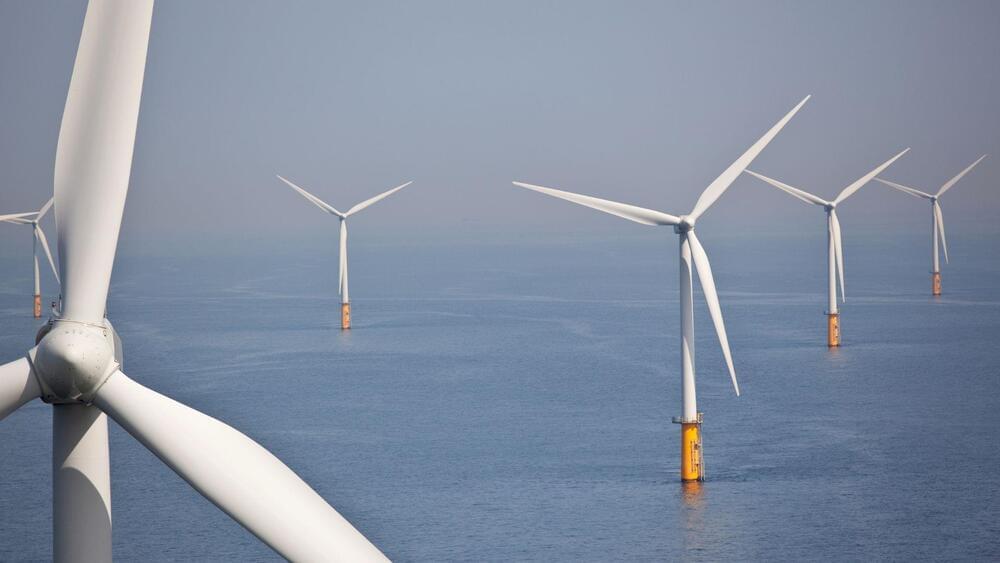It is the first coal carrier to be powered by hard sail wind power propulsion technology.
The world’s first partly wind-powered bulk carrier ship sailed to the Port of Newcastle on its maiden voyage this week. The Japanese shipping company Mitsui O.S.K. Lines (MOL), which delivered the 100,422 dwt (dead-weight tonnage) bulker on October 7, 2022, sailed to Newcastle on Monday, reported Offshore Energy.
The Japanese shipping company Mitsui O.S.K. Lines (MOL), which delivered the 100,422 dwt (dead-weight tonnage) bulker on October 7, 2022, sailed to Newcastle on Monday, reported Offshore Energy.
“The world’s first bulk carrier to be partially powered by wind, the Shofu Maru, sailed into #Newcastle this morning on its maiden voyage,” the Port of Newcastle authorities wrote on Twitter.








